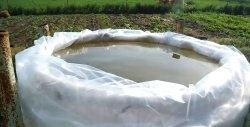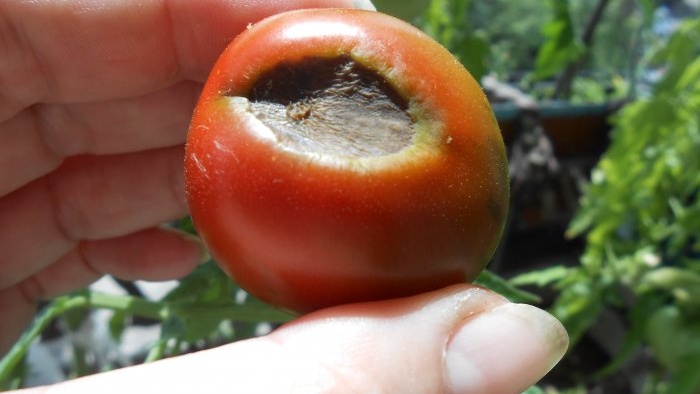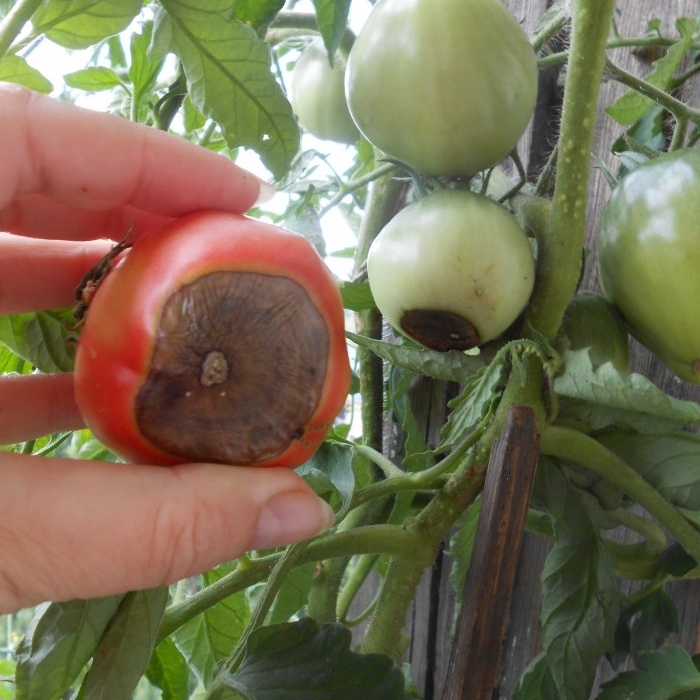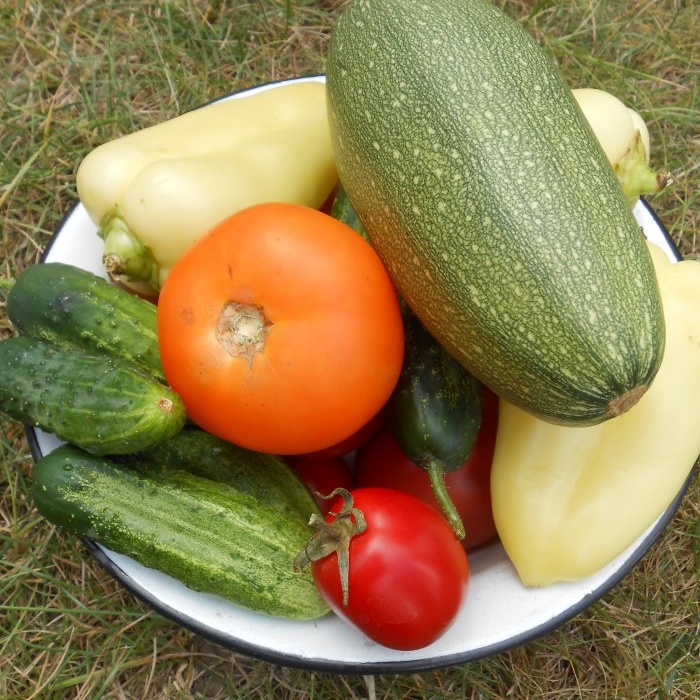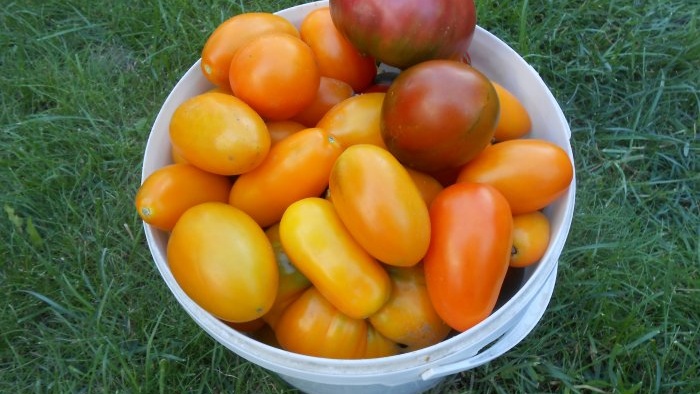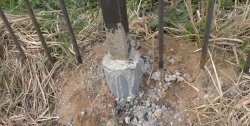Blossom rot of vegetables: simple feeding for prevention and treatment
A non-infectious disease, blossom end rot of the fruits of some vegetable crops often frightens novice gardeners. Under unfavorable circumstances, brown and brown spots characteristic of pathology can form on most of the fruits ripening both in open beds and in greenhouses. Most often, blossom end rot is present in plantings of tomatoes, sweet peppers, eggplants and zucchini.
A visible sign of pathology is the massive appearance in the lower part of still green fruits of yellowish, brown or dark brown wrinkled and dry spots, which gradually grow deep into the vegetable, capturing the soft tissue of the juicy pulp and making them inedible.
Timely adoption of disease prevention measures allows you to avoid problems when growing tomatoes and other vegetable crops.
Why does blossom end rot spread in plantings?
The main reason that provokes damage to plants by blossom end rot is insufficient calcium content in the soil, which provokes calcium starvation in the distal ends of the fruit.Alternatively, there is enough calcium in the soil mixture, but for some reason it is not absorbed by the roots of the seedlings.
This is possible with increased acidity or salinity of the soil on the site, damage to the root system of plants, sudden changes in soil moisture (prolonged drought followed by periods of prolonged rain), rapid growth of seedlings caused by an excess of nitrogen substances after applying excess doses of nitrogen, especially in the form of ammonium, etc. .
How to avoid getting sick?
Based on this, we can safely say that the solution to the problem lies in maintaining soil balance, proper organization of irrigation (installation of drip irrigation systems or mulching the soil) and timely application of fertilizers containing forms of calcium bioavailable to the root system of bushes.
The use of professional fertilizers for tomatoes and other crops before or during the formation of buds and flowering helps prevent mineral starvation of seedlings and, as a consequence, the spread of blossom end rot. Most often, experts recommend using calcium nitrate for tomatoes.
However, there is a budget option for calcium supplementation, which is prepared at home using slaked lime (fluff). Such a solution, which has an alkaline reaction, after application at the roots, quickly deoxidizes the soil in the beds, ensuring the normal absorption of all the elements necessary for normal fruiting.
How to prepare and properly use a solution for feeding plants during the growing season?
To a standard bucket of water that has been settled and heated to a temperature comfortable for plants (+24 – +28°C), you need to add a faceted glass of lime, then stir the solution for 2-3 minutes with a wooden spatula or the handle of a shovel, ensuring complete dissolution of the product.
Small bushes of vegetables, for example, low-growing tomatoes, bell peppers, eggplants or bush zucchini, at the beginning of the growing season, are spilled with a cloudy white solution under the root at the rate of 0.5 liters per plant. Tall tomatoes, for example, indeterminate varieties, as well as climbing cucumbers, are fertilized at the rate of 1 liter per seedling.
Like other root dressings, the application of fluff lime solution is carried out exclusively on damp soil - after scheduled watering or heavy rain. This is the only way to prevent burns to the root system. During the season, calcium fertilizers are applied 2-3 times with an interval of 10-15 days.
We wish that our advice will help you get a bountiful harvest of eggplants, tomatoes, zucchini and peppers already this season at your summer cottage!
1Similar master classes




